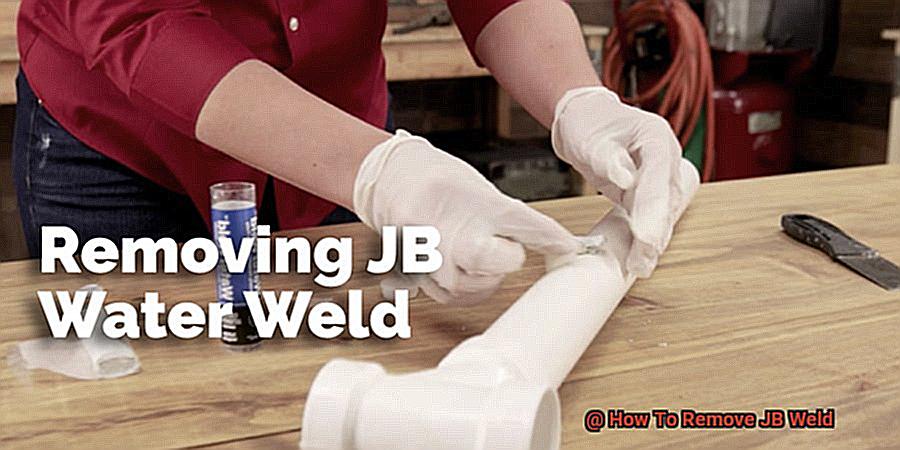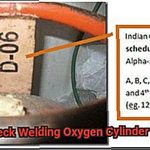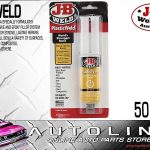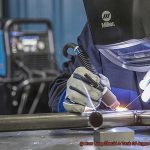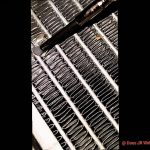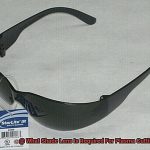Are you frustrated with that pesky JB Weld clinging to your surfaces like a stubborn stain? It can be a real headache, preventing you from completing repairs and moving on with your project. But don’t worry, we’re here to help.
Removing JB Weld doesn’t have to be an intimidating task anymore. No matter if you’ve used it on metal, plastic, wood, or concrete surfaces, there are several methods you can use to remove it effectively without causing any damage.
In this post, we’ll explore the most effective ways to remove JB Weld – from using heat and solvents to mechanical means and abrasive techniques. We’ll also share some tips on how to avoid damaging the underlying material while removing the JB Weld.
So let’s get started. If you’re eager to rid yourself of that sticky situation and get back on track with your project, stay tuned because this article is going to show you exactly how to do it safely and efficiently. Let’s dive in and get those surfaces gleaming again.
What is JB Weld?
Contents
If you’re looking for an adhesive that’s strong, durable, and versatile, look no further than JB Weld. This two-part epoxy adhesive is a favorite among DIYers and professionals alike for its ability to bond metal, plastic, wood, ceramic, and more.
The beauty of JB Weld lies in its versatility. Whether you need to fix cracks in engine blocks or gaps in household pipes, JB Weld has got you covered. It’s even heat-resistant, making it perfect for high-temperature applications.
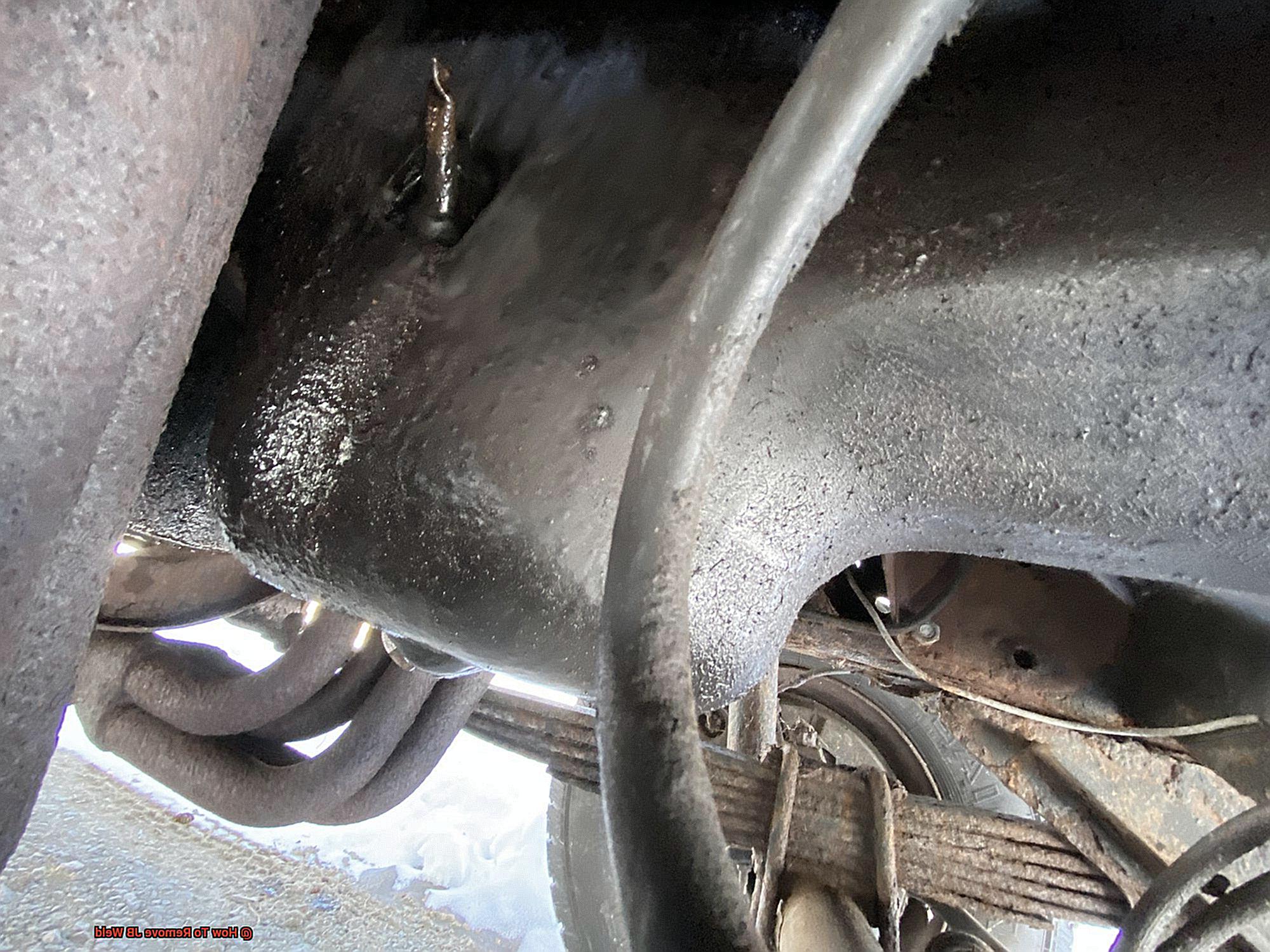
However, one potential drawback of JB Weld is that once it has cured, it can be stubborn to remove. But don’t worry – there are effective ways to do it safely and efficiently.
One method involves using heat to soften the adhesive. A heat gun or propane torch can be used to achieve this. Just be sure to exercise caution to avoid overheating and damaging the surface underneath.
Chemical solvents like acetone, paint thinner, and rubbing alcohol can also be used to dissolve JB Weld. Before using any solvent, test it on a small area first to ensure it won’t damage the surface.
Finally, mechanical methods like scraping or sanding can also be used to remove JB Weld. However, be careful not to damage the underlying surface in the process.
JB Weld is an outstanding adhesive that offers exceptional strength and versatility. And while it may be challenging to remove once cured, there are safe and effective methods to do so.
Heat Method for Removing JB Weld
JB Weld is known for its strength, but sometimes you need to remove it. Fear not, because I have the solution for you.
The heat method is a highly effective way to remove JB Weld without causing any damage to your metal surface. However, before we begin, let’s talk about safety. Always prioritize your safety by wearing protective gloves and eye goggles when using a heat source like a propane torch or heat gun. Safety first, always.
Now, let’s get started. Begin by using your heat source to warm up the area around the JB Weld. As you do this, the JB Weld will start to soften and turn brown. Be cautious not to overheat as it may cause damage like warping to your metal surface.
Once the JB Weld is soft enough, use a scraper or chisel to gently pry it off. You may need to repeat this process several times depending on how much JB Weld there is. If there are any stubborn areas, apply more heat and keep scraping until everything is removed.
Once all of the JB Weld has been removed, clean your metal surface with acetone to eliminate any remaining residue. Remember to inspect it for any harm caused by overheating or scraping.
The heat method for removing JB Weld is an efficient and secure approach that delivers great results without causing any harm to your metal surface. Just remember to take all necessary safety measures and be patient and thorough in the process.
Chemical Solvents for Removing JB Weld
In our previous discussion, we tackled the heat method for removing JB Weld. But what if you prefer a less intense approach or don’t have access to a heat source? Fear not, as chemical solvents can also do the trick and I am here to tell you all about it.
Chemical solvents are effective in dissolving the adhesive and breaking down its bond with the surface. Among the most commonly used solvents for removing JB Weld is acetone, which is readily available in most hardware stores. It can dissolve JB Weld without damaging most surfaces, but it’s important to note that some surfaces may be sensitive to acetone. Thus, use it with caution and test it first.
If acetone doesn’t work for you, another option is methyl ethyl ketone (MEK). This strong solvent can dissolve a variety of substances, including adhesives like JB Weld. However, be cautious as MEK is highly toxic and flammable. Always use it in a well-ventilated area and with proper protective gear.
Isopropyl alcohol is a safer option for those who want to avoid harsh chemicals. It’s less toxic than acetone and MEK and can effectively remove JB Weld. Lastly, toluene is a stronger solvent that can dissolve JB Weld more effectively than acetone and isopropyl alcohol. However, it should only be used on surfaces that can withstand its corrosive properties.
Before using any chemical solvent to remove JB Weld, remember to read the manufacturer’s instructions carefully and take necessary safety precautions. Test the solvent on a small area first to ensure it won’t cause damage or discoloration. And always wear gloves and eye protection to prevent accidents or injuries.
Chemical solvents are another effective way of removing JB Weld from surfaces. Whether you choose acetone, MEK, isopropyl alcohol, or toluene, always prioritize safety first.
Mechanical Methods for Removing JB Weld
Mechanical methods are all about using physical force or abrasive tools to break down the bond created by the epoxy. However, they require caution and careful handling to avoid damaging the underlying surface.
One method is using a hammer and chisel to chip away at the hardened JB Weld. It’s like sculpting a statue, but with much more precision and care. Although it may take some time, with a steady hand and patience, you can slowly chip away at the epoxy until it is removed.
Another option is using a rotary tool with a grinding or sanding attachment to remove the epoxy layer by layer. Think of it like sanding a piece of wood, but instead of smoothing out rough edges, you’re removing layers of epoxy. This method allows for more control and precision, but can also be time-consuming.
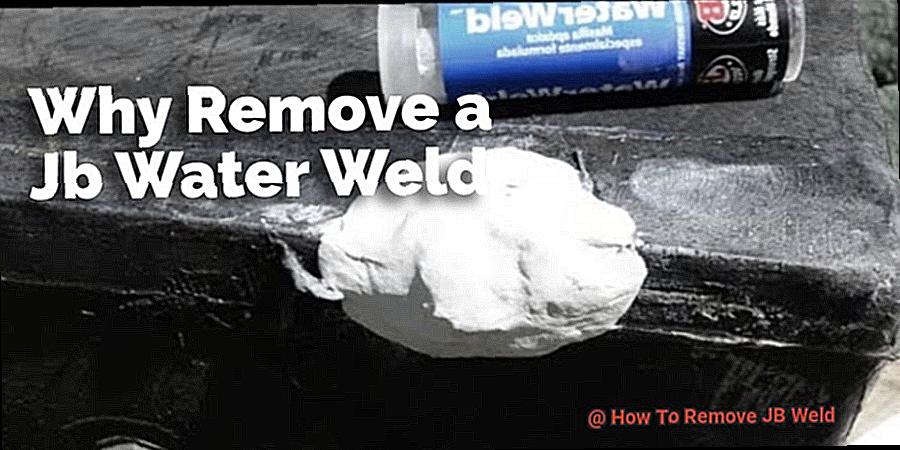
For those looking for a more aggressive approach, using a drill with a metal cutting bit can bore through the hardened epoxy. However, this method should only be attempted on strong and durable surfaces that can withstand the force of the drill. And as always, it’s essential to wear protective gear and work in a well-ventilated area when using any power tools.
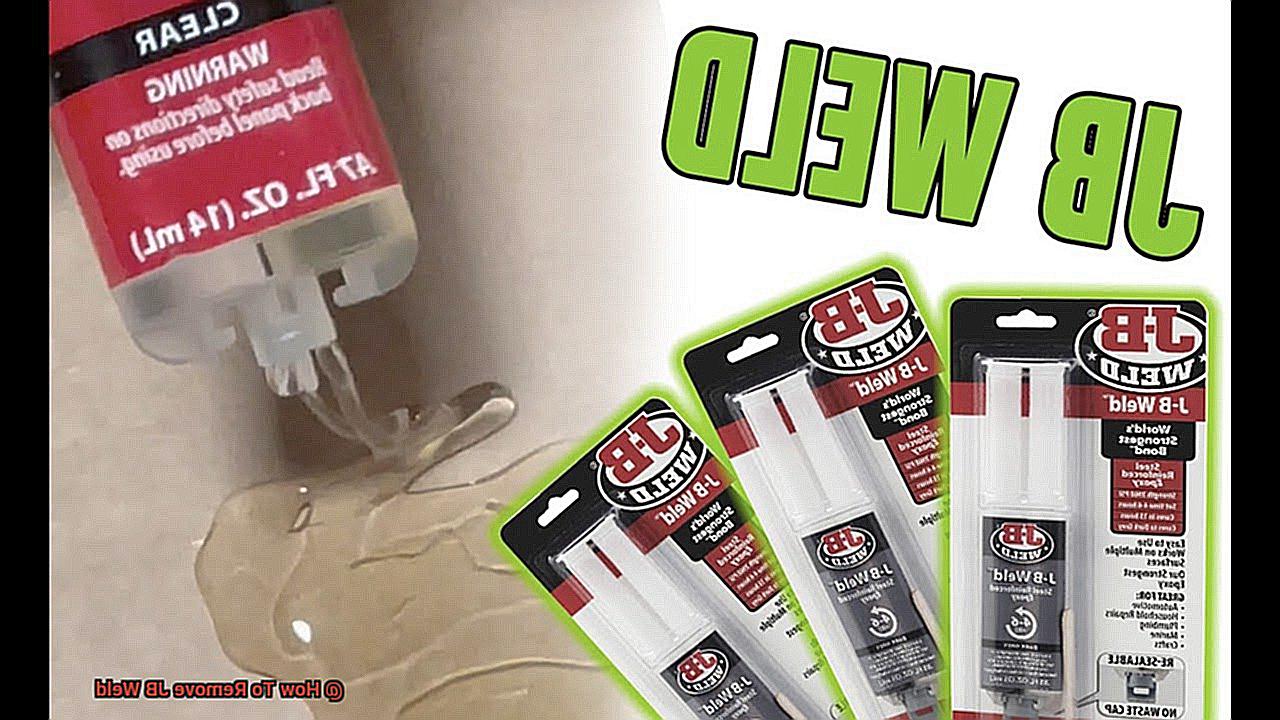
In conclusion, mechanical methods for removing JB Weld require patience, skill, and caution.
It’s crucial to assess the surface being worked on and choose the appropriate method for removal. If you’re unsure or uncomfortable with any of these methods, seeking professional assistance or considering alternative methods such as chemical solvents may be your best option.
Safety Tips When Removing JB Weld
Removing JB Weld can be a tricky task, but it is important to do it safely. Whether you are using chemical solvents or heat to remove JB Weld, each method requires care and attention to avoid potential hazards. Here are some safety tips to keep in mind when removing JB Weld.
Protect Yourself
First and foremost, make sure to wear proper protective gear. This includes gloves, safety glasses, and a respirator mask. JB Weld can release harmful chemicals and fumes during the removal process, so it is important to protect your skin, eyes, and lungs. Don’t take any chances with your health.
Ventilate the Area
Next, work in a well-ventilated area. Open windows and use fans to circulate air and prevent any buildup of harmful fumes. This is especially important when using chemical solvents to dissolve the adhesive.
Use Heat with Caution
When using heat to remove JB Weld, use the right tools and follow instructions carefully. A heat gun or propane torch can be effective for softening the adhesive, but it is crucial to avoid overheating the material or damaging the underlying surface. Keep fire extinguishers close by in case of accidental fires.
Follow Instructions Carefully
Make sure you have the right tools for the job and always follow the manufacturer’s instructions carefully when removing JB Weld. This will ensure that you are using the product correctly and safely. Mixing chemicals incorrectly or mishandling heat sources can lead to dangerous situations.
Dispose of Materials Properly
Once you have removed the JB Weld, make sure to dispose of any materials properly according to local regulations for hazardous waste disposal. Do not pour chemical solvents down the drain or throw them in the trash. This will help prevent environmental harm.
cI61EPSLhyo” >
Conclusion
To sum it up, removing JB Weld doesn’t have to be a daunting task. Whether you’ve used it on metal, plastic, wood, or concrete surfaces, there are several effective methods you can use to remove it without causing any damage. We’ve explored the most efficient ways to remove JB Weld using heat, solvents, mechanical means, and abrasive techniques.
Safety should always be your top priority when removing JB Weld. Make sure to wear protective gear like gloves and eye goggles and work in a well-ventilated area.
When using heat sources like a propane torch or heat gun, exercise caution to avoid overheating and damaging the surface underneath.
Similarly, choose chemical solvents carefully and test them on a small area first before applying them on the entire surface.
Mechanical methods require patience, skill, and caution. It’s important to assess the surface being worked on and choose the appropriate method for removal. If you’re unsure or uncomfortable with any of these methods, seeking professional assistance or considering alternative methods such as chemical solvents may be your best option.
